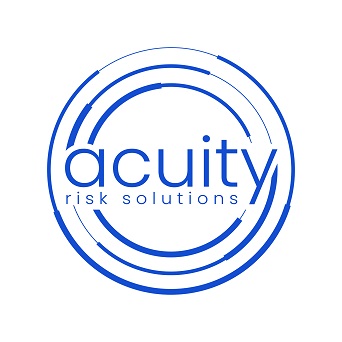When an IT project is underway, the last thing you want is unforeseen risks causing problems. Effective risk management is key to project success, keeping things on track and clients satisfied.
Let’s explore balancing risk management and client expectations.
Core Concepts of Risk Management
Risk management in IT projects involves spotting potential issues early to prevent major problems. Unmanaged risks can cause delays, budget issues, or project failure. Key risks to watch for:
– Financial: Budget overruns, unexpected costs, or approval delays.
– Skills: Lack of required skills and expertise.
– Strategic: Changes in project direction or goals.
– Performance: Quality issues or integration problems.
– External: Uncontrollable factors like regulatory changes.
– Opportunities: Positive risks that can benefit the project.
Effective risk management involves:
– Identification: Brainstorm potential risks, prioritizing cybersecurity.
– Analysis: Assess each risk’s likelihood and impact.
– Prioritisation: Focus on the most significant risks.
– Mitigation: Develop strategies to reduce or eliminate risks; test systems and train staff.
– Monitoring & Evaluation: Track and adjust strategies throughout the project.
Tools like risk registers and management plans help track risks and strategies. A risk register records identified risks, analysis, and mitigation plans, while a management plan outlines risk handling throughout the project.
Also, be aware of risk multipliers, where intersecting risks amplify each other.
Managing client expectations in IT projects involves:
- Clear Scope: Define deliverables, timelines, and costs upfront to avoid misunderstandings and scope creep.
- Open Communication: Provide regular updates, encourage feedback, and address concerns proactively.
- Office Hours: Set regular times for live client Q&A to enhance availability and trust.
To mitigate risks, there are four main strategies:
- Avoid:Change your project plan to eliminate the risk.
- Accept:Acknowledge the risk and prepare to deal with it if it occurs.
- Reduce:Take steps to reduce the likelihood or impact of the risk.
- Transfer:Shift the risk to a third party, such as through insurance or outsourcing.
Risk management requires ongoing monitoring and adjustment. Regularly update your risk register and management plan to stay relevant. Adapt strategies as project conditions change. Stay vigilant and flexible to keep your project on track and clients satisfied.
With the right strategies and support from your insurance broker, risk management becomes manageable. Prioritize it to ensure project success.
If you want to know more about managing risks in the IT sector CLICK HERE, or contact us today for a confidential chat about your needs.

